Interactive Dream Tending and Deep Imagination Certificate II Program with Stephen Aizenstat, Ph.D.
January 10, 2024 – June 21, 2024
January 10, 2024 – June 21, 2024
The Dream Tending and Deep Imagination Certificate II Program introduces the cutting edge of Dr. Stephen Aizenstat’s new work on the imagination matrix in relation to Dream Tending. This certificate program includes a time of creative incubation—a time to imagine, innovate, and tend dreams as portals into deep imagination. The work will be deeply personal as well as community-oriented. As part of this new cohort, you will journey into the universe of the dreamtime.
Throughout the four sessions of Certificate II, you will have access to individual and group mentorship within residential and online mediums. Over the months of the program, particular attention will be given to creating and deepening our heartfelt Dream Tending community. In fact, community building and networking will be a primary emphasis of our gatherings. With this protection and care, we will embrace the love, pain, and fun that come with tending dreams and deep imagination.
January 10, 2024 – June 21, 2024
Interactive program hosted by Dr. Stephen Aizenstat
The Dream Tending and Deep Imagination Certificate II Program is a limited-enrollment program that takes place over four separate three-day modules. The four modules reflect the multiple dimensions of psychic life and the dream.To learn more about the Dream Tending Certificate program, please email Program@DreamTending.com and one of our Program Coordinators will get back to you shortly.
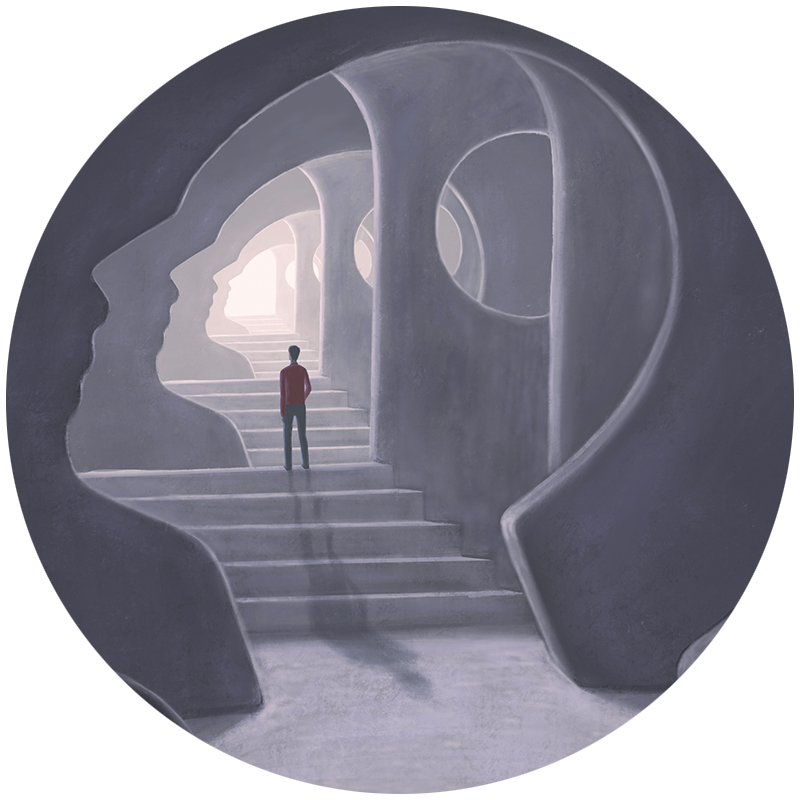
Dream Tending and Deep Imagination
January 10, 11 & 12, 2024
Expand beyond the personal, collective, and world unconscious. Here in deep imagination, learn skills, tools, and methods of working in the realm of the autonomous psyche.
Module One Learning Objectives:
Day 1: 9:00-6:00 Pacific Time
Day 2: 9:00-6:00 Pacific Time
Day 3: 9:00-3:00 Pacific Time
This module will be online.

Dreams, Nightmares, and Underworld Consciousness
March 6, 7 & 8, 2024
Pursue the intelligence of the nightmare image into the underworld. Deepen into relationships with ancestors, elders, and angels.
Module Two Learning Objectives:
Day 1: 9:00-6:00 Pacific Time
Day 2: 9:00-6:00 Pacific Time
Day 3: 9:00-3:00 Pacific Time
This module will be online.

The Imagination Matrix
April 24, 25, & 26, 2024
Explore the confluence among deep ecology, depth psychology, new technology, and Indigenous cosmology. Enter the cycle of the deep imagination matrix. Participate in a working laboratory, complemented by individualized supervision.
Module Three Learning Objectives:
Day 1: 9:00-6:00 Pacific Time
Day 2: 9:00-6:00 Pacific Time
Day 3: 9:00-3:00 Pacific Time
This module will be online.

Sanctuaries of Healing: An Imaginal Approach
June 19, 20 & 21, 2024
Learn to open the portals offered by dream. Through the healing powers of the illuminated image, apply medicines of the soul to emotional and physical affliction.
Module Four Learning Objectives:
Day 1: 9:00-6:00 Pacific Time
Day 2: 9:00-6:00 Pacific Time
Day 3: 9:00-3:00 Pacific Time
This module will be online.
40 continuing education credits are available for MFTs, LCSWs, LPCCs, and LEPs through the California Association of Marriage and Family Therapists (provider #67021), for RNs through the California Board of Registered Nurses (provider #CEP 7177), and for psychologists through the California Psychological Association (PAC014). Pacifica Graduate Institute maintains responsibility for this program and its content. Full attendance at the program is required to receive a certificate. A $40 fee will be charged for each certificate requested.

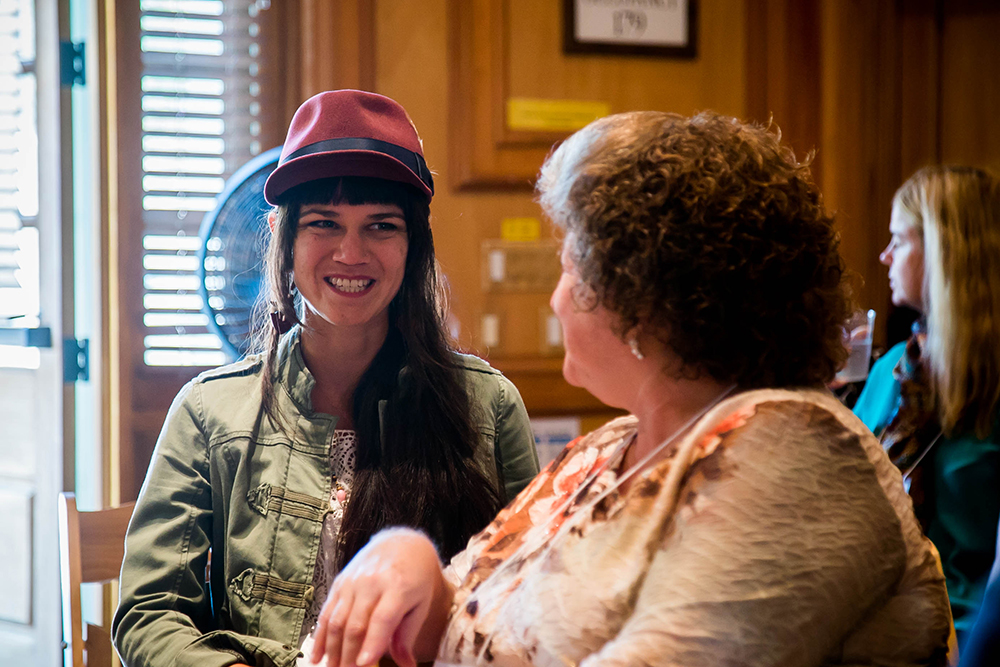
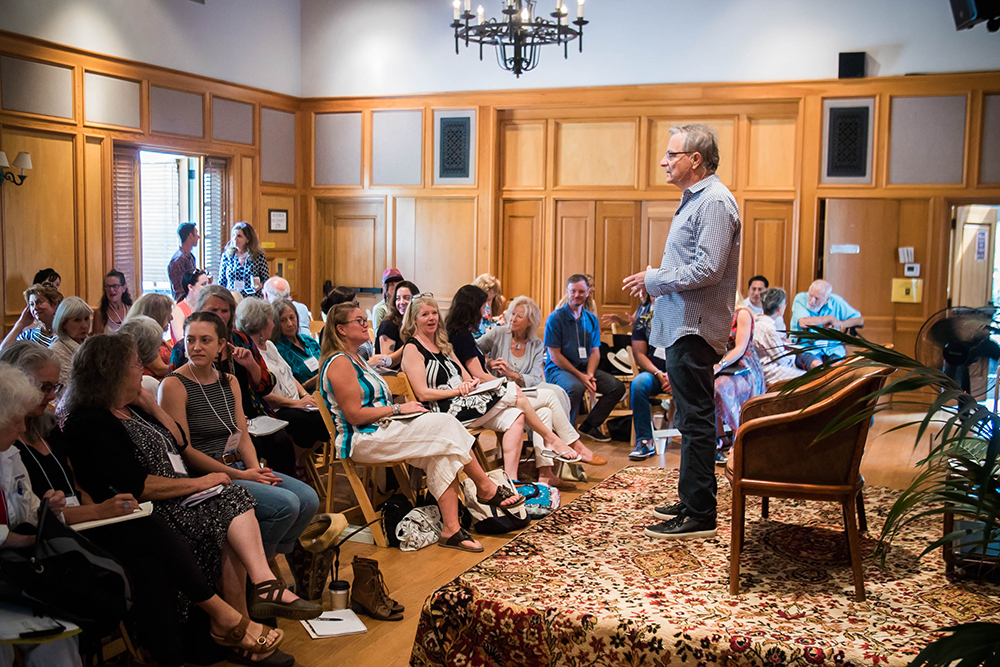

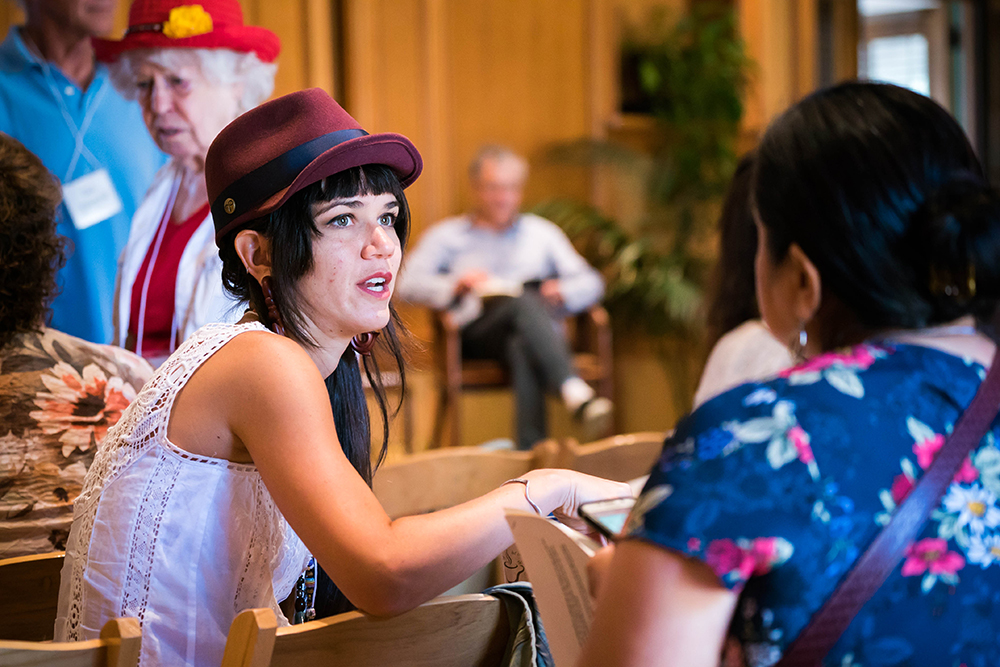

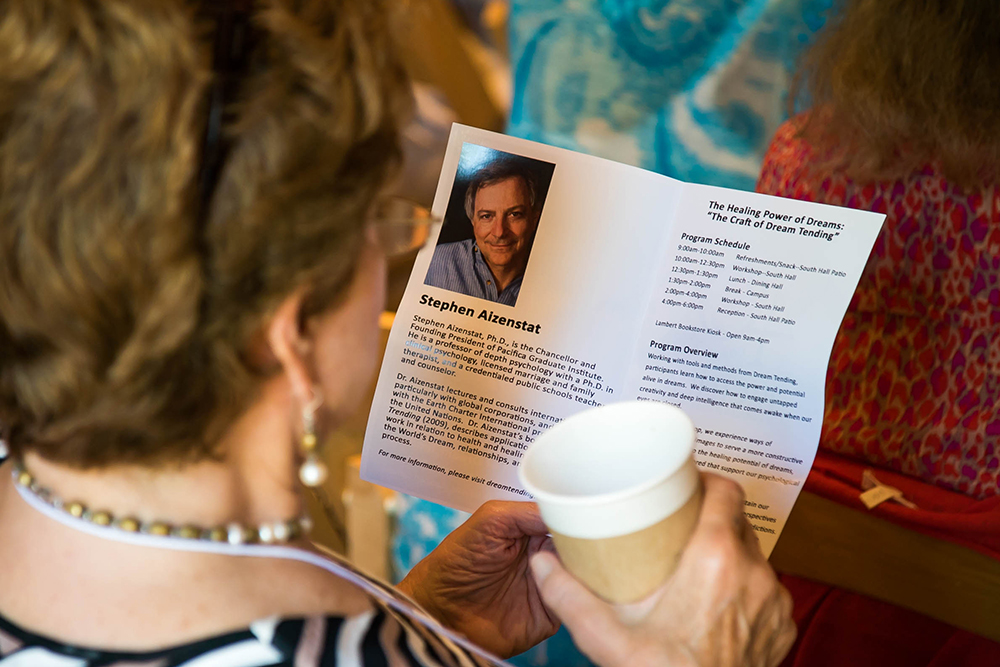

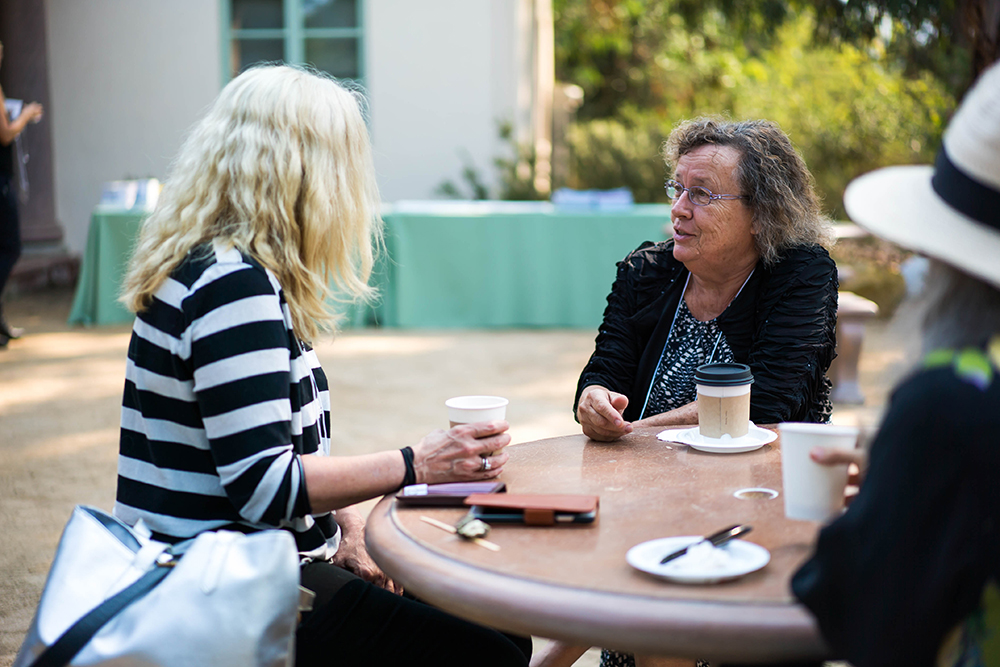
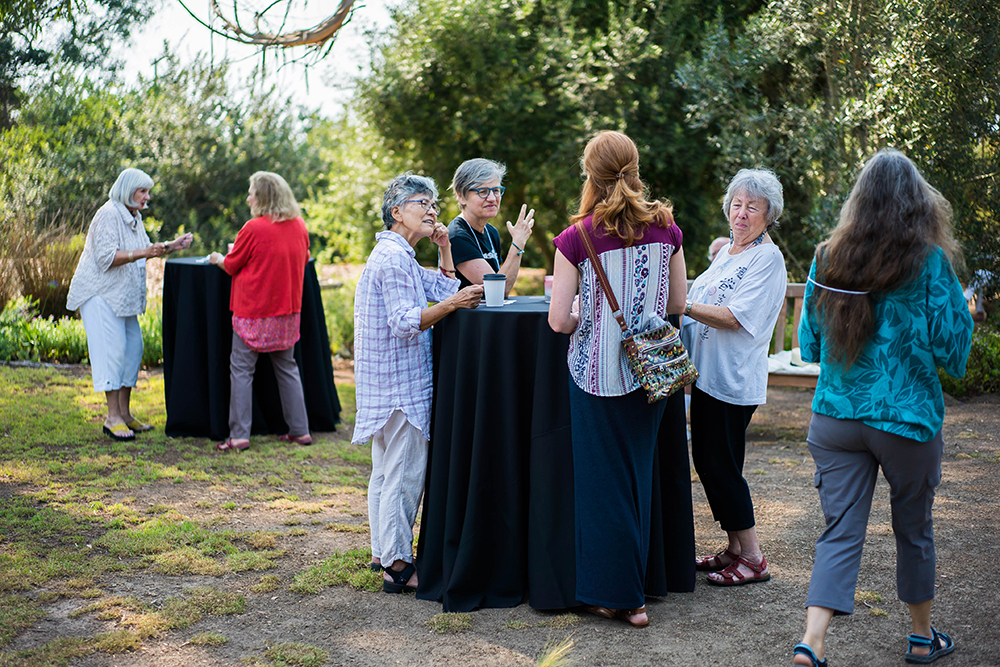
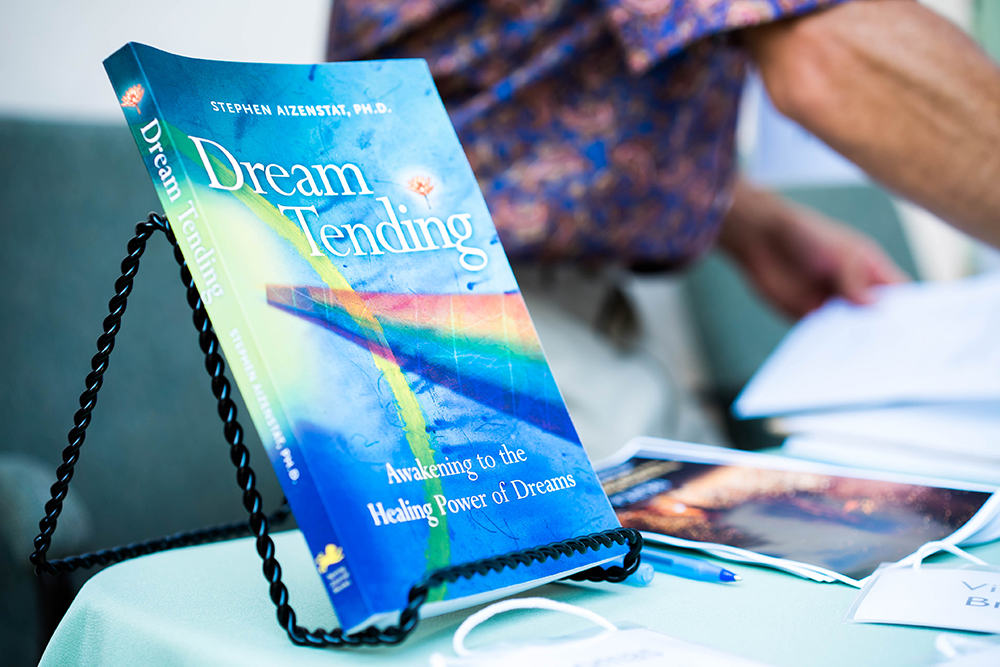
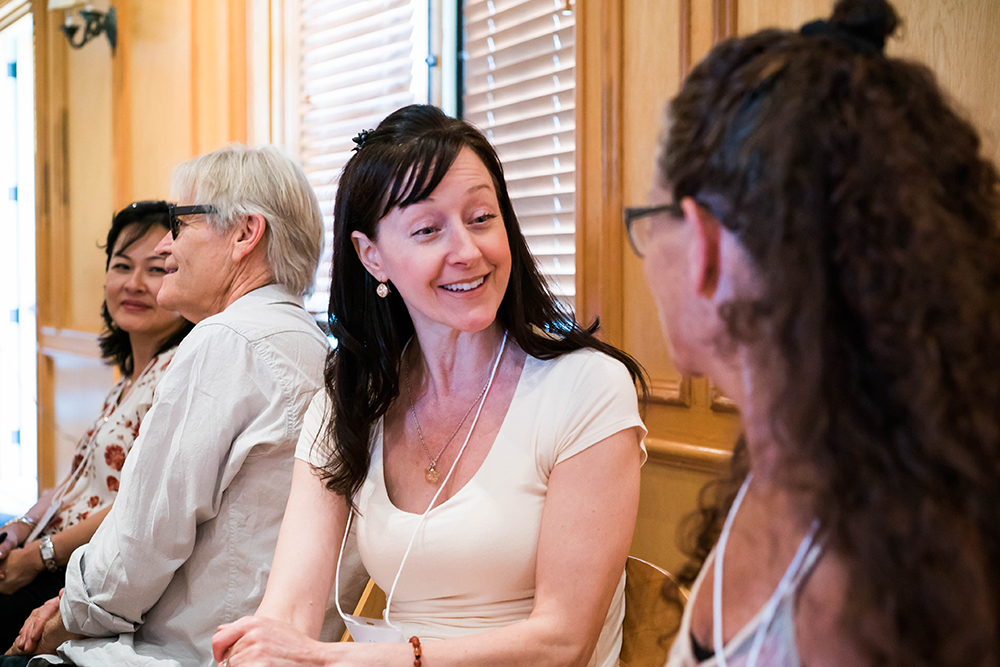
To learn more about the Dream Tending Certificate program, please email Program@DreamTending.com and one of our Program Coordinators will get back to you shortly. Our Program Coordinators can schedule a meeting to discuss questions, program prices and payment plan options.

Stephen Aizenstat, Ph.D., is the Founder of Dream Tending, Pacifica Graduate Institute, and Academy of Imaginal Arts and Sciences. He is a world-renowned Professor of Depth Psychology, an imagination specialist, and innovator. He has served as an organizational consultant to major companies, institutions, Hollywood films, and has lectured extensively in the U.S., Asia, and Europe. He is affiliated with the Earth Charter International project through the United Nations where he has spoken. He has collaborated with many notable masters in the field including Joseph Campbell, James Hillman, Marion Woodman, and Robert Johnson.
Schedule a Time to Talk
To learn more about the Dream Tending Certificate program, please email Program@DreamTending.com to discuss questions, program price, and payment plan options. One of our Program Coordinators will get back to you shortly.
*Continuing Education Credits
40 continuing education credits are available for MFTs, LCSWs, LPCCs, and LEPs through the California Association of Marriage and Family Therapists (provider #67021), for RNs through the California Board of Registered Nurses (provider #CEP 7177), and for psychologists through the California Psychological Association (PAC014). Pacifica Graduate Institute maintains responsibility for this program and its content. Full attendance at the program is required to receive a certificate. A $40 fee will be charged for each certificate requested.
Continuing Education Credit Details
This program meets the qualifications for 40 hours of continuing education credit for Psychologists through the California Psychological Association (PAC014) Pacifica Graduate Institute is approved by the California Psychological Association to provide continuing education for psychologists. Pacifica Graduate Institute maintains responsibility for this program and its content. Full attendance is required to receive a certificate.
This course meets the qualifications for 40 hours of continuing education credit for LMFTs, LCSWs, LPCCs, and/or LEPs as required by the California Board of Behavioral Sciences. Pacifica Graduate Institute is approved by the California Association of Marriage and Family Therapists (#60721) to sponsor continuing education for LMFTs, LCSWs, LPCCs, and/or LEPs. Pacifica Graduate Institute maintains responsibility for this program/course and its content. Full attendance is required to obtain a certificate.
For Registered Nurses through the California Board of Registered Nurses, this conference meets qualifications of 40 hours of continuing education credit are available for RNs through the California Board of Registered Nurses (provider #CEP 7177). Full attendance is required to obtain a certificate.
Pacifica Graduate Institute is approved by the California Association of Marriage and Family Therapists to sponsor continuing education for LMFTs, LCSWs, LPCCs, and/or LEPs. Pacifica Graduate Institute maintains responsibility for each program and its content. Full day attendance is required to receive a certificate.
Continuing Education Goal. Pacifica Graduate Institute is committed to offering continuing education courses to train LMFTs, LCSWs, LPCCs, and LEPs to treat any client in an ethically and clinically sound manner based upon current accepted standards of practice. Course completion certificates will be awarded at the conclusion of the training and upon participant’s submission of his or her completed evaluation.
CECs and Online Program Attendance: Participants requesting Continuing Education Credits (CECs) for Online programs must attend all live sessions (offered via Zoom) in order to receive CECs. Please make sure that your Zoom account name matches the name of the attendee requesting CECs.
Module One Learning Objectives:
Module Two Learning Objectives:
Module Three Learning Objectives:
Module Four Learning Objectives:
Enroll Today
To enroll and secure your place, we encourage you to call or write the Program Coordinator, now in order to explore enrollment options. Please email programs@DreamTending.com, or call 805-770-0195.
Schedule a Time to Talk
Please feel free to schedule a time the Program Coordinator by email with any questions at programs@DreamTending.com or call 805-770-0195.
Payment Plans
Payment plans have been created to make the Certificate Programs more affordable. Dream Tending will keep payment methods on file that can be changed. On each payment date, the payment you have chosen to keep on file will be automatically deducted. If for any reason payment dates need to be changed due to extenuating circumstances, the participant agrees to alert Dream Tending one-week prior to the payment due date. Appropriate alterations can only be made upon both parties agreement and must be placed in writing. If the payment is more than 5 days late, a $50 late fee will apply. No refunds will be given after the start date of the Certificate Program. If payments are not completed according to the agreements of this document, or mutually agreed upon arrangements have not been made, the participant will no longer be permitted to participate in Dream Tending programs. By entering a payment plan you are committing to the entirety of the Dream Tending Certificate program. Therefore, you are agreeing to make all four payments in full which will be auto-deducted seven days prior to the start of each module. If you are unable to complete the program, you are still required to make all payments. If you wish to make-up a module at a future date, please contact the program coordinator.
Enroll in a payment plan
$500 Deposit – Remaining balance divided into 4 or 8 equal payments
Grants
The mission of our grant program is to extend accessibility of Dream Tending to those committed to learning the Dream Tending method who may not otherwise be able to afford it. Grants are awarded based on factors such as financial need, unique life circumstances and community-based involvement. Please reach out to our program coordinator at programs@dreamtending.com, to receive more information on how to apply.
Location
All Modules will be held online via Zoom.
Cancellations
Deposits and full tuition payments made towards Dream Tending Certificate Programs can be refunded 21 days prior to the start of the program. After that, any payments made can be put towards future Dream Tending programs. Dream Tending reserves the right to cancel any program or expel participants at any time. In the case of an unforeseen canceled program, you will be refunded in full. In the case of program expulsion, possible refunds will be examined on a case by case basis.
Refund Policy
Refunds will be given 21 days prior to the start of the program. After that, any payments made can be put towards future Dream Tending programs. No transfers will be given after the start date of a Certificate Program.
Confidentiality
The Dream Tending and Deep Imagination Certificate program is a professional training program offered under the auspices of the Continuing Education Program of Pacifica Graduate Institute. Participants are encouraged to present material from their personal dreams for discussion during seminar sessions with the understanding that the ensuing dreamwork is part of an educational opportunity. The Program is not psychotherapy and will not provide the “container” of the therapeutic consulting room. Thus, there is no legally protected confidentiality for a “psychotherapist-client” communication. Although the presenter is a Clinical Psychologist and licensed psychotherapist, he will be working as seminar leader and instructor in this training program. While there will be a continuing relationship among the participants over the nine months of the seminar series, the focus of this experience is educational rather than therapeutic. Participants will want to keep this in mind in deciding what to share during seminar sessions.
As a part of this training, seminar participants will work with their own and each others’ dreams in meetings of the entire group as well as during triad and small group sessions. Triad and small group sessions have their own confidentiality, and participants must reach a mutual agreement before sharing material from these smaller meetings in the general sessions of the entire group. What participants share and learn from each other must remain within their agreed upon limits of confidentiality and does not fall under the responsibility or liability of Dream Tending.
Seminar participants who wish to include case material from their clinical practices in this training program may do so. If you choose to do this, you must present the material in a manner which obscures the client’s identity and otherwise preserves the client’s confidentiality rights.
Disability Support
It is the goal of Dream Tending to make programs and experiences accessible to all members of the community. It is the participant’s responsibility to contact Program@DreamTending.com directly if accommodations are desired. Each person, disability, and situation is unique, so needs will be considered individually.
All reading materials in the Dream Tending Certificate program are formatted to be compatible with read-aloud programs.
Anti-Discrimination Policy
Dream Tending will not discriminate against any individual or group with respect to any service, program or activity based on gender, race, creed, national origin, sexual orientation, religion, age or other prohibited basis. Dream Tending does not require attendees to adhere to any particular religion or creed in order to participate in its programs.
Grievances
We want to ensure your experience in the Dream Tending Certificate programs is educational and enjoyable. The Dream Tending Program Coordinators will respond to complaints in a reasonable, ethical and timely manner when submitted by program attendees in writing to Program@DreamTending.com or call (805) 770-0195.
FAQs
Who can I contact with any questions?
Please get in touch with a Dream Tending Program Coordinator at Program@DreamTending.com or call (805) 770-0195.